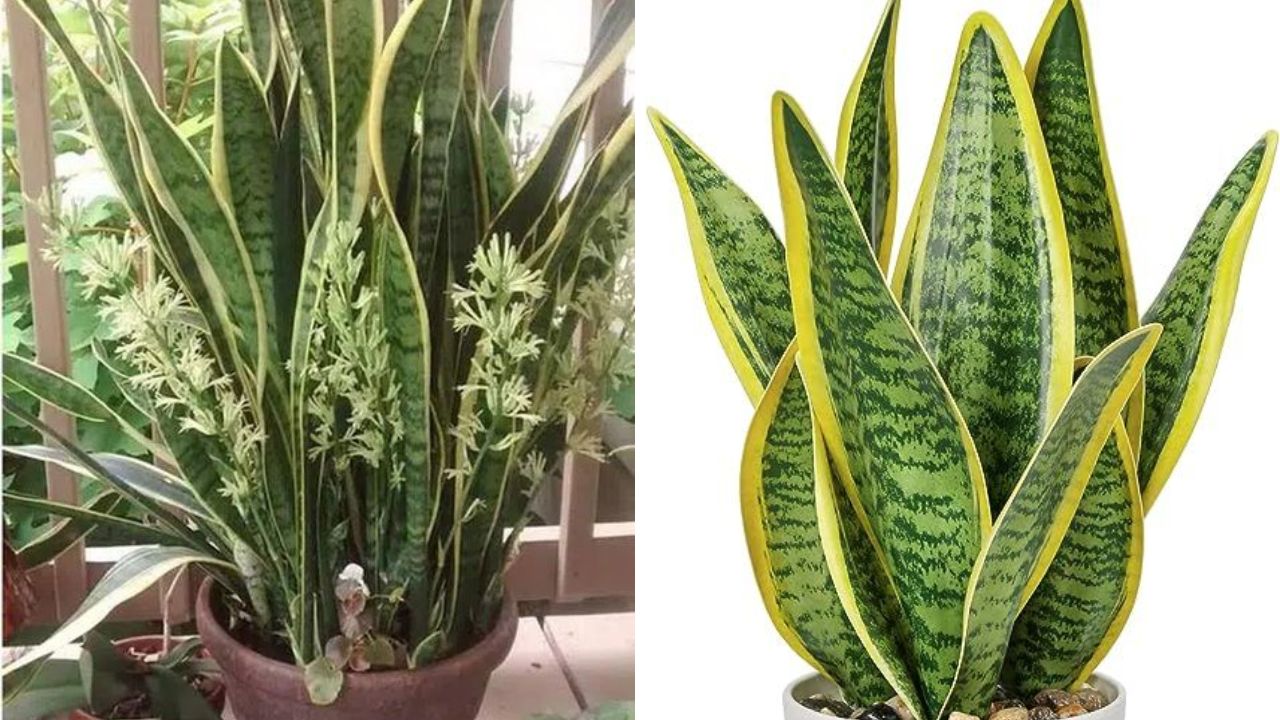White camellia, with its pristine petals and delicate allure, stands as a symbol of purity and grace across cultures and centuries. This exquisite flower, belonging to the genus Camellia, captures the imagination with its timeless beauty and profound symbolism. From ancient rituals to modern landscapes, the white camellia’s presence resonates deeply, weaving through history, literature, and art.
In this exploration, we delve into the botanical profile, historical significance, and cultural legacy of the white camellia. We uncover its role in diverse traditions and its cultivation techniques, while also addressing the challenges it faces in today’s world. Join us on this journey as we unravel the captivating story of the white camellia and its enduring impact on human society.
Table of Contents
ToggleBotanical Profile of White Camellia

The white camellia, scientifically known as Camellia japonica, is a perennial flowering plant belonging to the Theaceae family. Renowned for its ornamental beauty, this evergreen shrub or small tree typically reaches heights ranging from 6 to 20 feet, though some cultivars may grow taller.
The leaves of the white camellia are dark green and glossy, featuring an elliptical shape with serrated edges. These foliage provide an attractive backdrop for the plant’s striking flowers.
The flowers of the white camellia are perhaps its most distinctive feature. They are typically large and showy, with symmetrical, cup-shaped blooms consisting of five to nine petals. The petals are pure white in color, occasionally with a hint of cream or pink at the base. At the center of the flower, a cluster of golden-yellow stamens adds a contrasting touch.
White camellias bloom in late winter to early spring, depending on the specific climate and growing conditions. The flowers can last for several weeks, providing a welcome burst of color during the colder months.
Native to regions of East Asia, including China, Japan, and Korea, the white camellia thrives in temperate climates with mild winters and moderate humidity. It prefers well-drained, slightly acidic soil and partial shade, though it can tolerate a range of light conditions.
Cultivars of white camellia have been developed with variations in flower size, shape, and petal arrangement, offering a diverse array of options for gardeners and landscapers.
Historical and Cultural Significance
The white camellia has a rich history and cultural importance worldwide. It’s seen as a symbol of purity, perfection, and elegance in many cultures, making it a popular choice for special events like weddings and religious ceremonies. In Japan, it’s linked to the samurai class, representing qualities like loyalty and bravery.
Art, literature, and folklore have also been deeply influenced by the camellia throughout history. Artists and writers have drawn inspiration from its beauty and grace, showcasing it in various forms of expression.
Additionally, the camellia has been tied to social and political movements, especially women’s rights. During the suffragette movement in the 19th and early 20th centuries, women in the US and UK wore white camellias as a symbol of their fight for equality and voting rights, drawing on its symbolism of purity and strength.
Varieties and Cultivation
The white camellia encompasses a diverse array of cultivars, each offering unique characteristics and aesthetic appeal. Cultivated for centuries, these varieties have been selectively bred to enhance traits such as flower size, shape, color, and fragrance, catering to the preferences of gardeners and enthusiasts worldwide.
Some notable white camellia cultivars include:
- Camellia japonica ‘Alba Plena’ – This cultivar features double white flowers with densely packed petals, creating a lush and voluminous appearance.

- Camellia japonica ‘Nuccio’s Pearl’ – Known for its large, semi-double to peony-form white flowers, ‘Nuccio’s Pearl’ is prized for its elegant beauty and vigorous growth habit.

- Camellia japonica ‘White by the Gate’ – With its pure white, formal double flowers, this cultivar is a classic choice for traditional gardens and landscapes.

- Camellia sasanqua ‘Setsugekka’ – While technically not pure white, ‘Setsugekka’ features large, semi-double flowers with white petals and golden stamens. It blooms prolifically in late fall to early winter, adding a touch of beauty to the cooler months.

Cultivating white camellias requires attention to specific growing conditions to ensure optimal health and blooming. These plants thrive in moist, well-drained soil with a slightly acidic pH (around 5.5 to 6.5). They prefer partial shade or filtered sunlight, particularly in regions with hot summers, to prevent leaf scorching.
When planting white camellias, it’s essential to provide adequate spacing to allow for proper air circulation and growth. Mulching around the base of the plant can help retain moisture and suppress weed growth.
Regular watering, especially during dry periods, is crucial for establishing young plants and promoting healthy growth. Additionally, applying a balanced fertilizer formulated for acid-loving plants in spring can help encourage vigorous blooming and lush foliage.
White Camellia in Different Cultures
The white camellia holds significant cultural symbolism in various societies around the world, each imbuing the flower with its unique meanings and traditions.
- Japan: In Japanese culture, the white camellia, known as “tsubaki,” is revered for its association with the samurai class. Symbolizing loyalty, courage, and the pursuit of perfection, the white camellia often appears in traditional art, literature, and martial arts practices. Additionally, the flower is a popular motif in tea ceremonies, where its elegance and purity complement the ritualistic atmosphere.
- China: White camellias have a long history in Chinese culture, where they symbolize longevity, purity, and faithfulness. These flowers are often featured in traditional Chinese art, particularly in paintings and porcelain designs. In some regions, white camellias are also associated with love and romance, making them a favored choice for wedding ceremonies and gifts.
- United States: In the United States, the white camellia gained symbolic significance during the suffragette movement of the late 19th and early 20th centuries. Women advocating for voting rights wore white camellia flowers as a symbol of purity and strength, using them to express solidarity and determination in their fight for equality. Today, the white camellia remains a symbol of women’s empowerment and social justice.
- Korea: In Korean culture, the white camellia holds associations with purity, faithfulness, and modesty. The flower often appears in traditional Korean attire, such as hanbok, as a decorative motif symbolizing grace and elegance. White camellias are also used in various rituals and ceremonies, including weddings and funerals, where they convey wishes for happiness and eternal love.
- Europe: In European cultures, the white camellia is often associated with love, devotion, and admiration. It has been a popular choice for bridal bouquets and floral arrangements, symbolizing the purity and sincerity of love. Additionally, white camellias have inspired numerous works of art and literature, serving as a timeless symbol of beauty and romance.
Modern Applications and Uses
Beyond its traditional symbolism and cultural significance, the white camellia continues to find various applications and uses in modern times, ranging from medicine and cosmetics to culinary arts and beyond.
In Medicine: Extracts from camellia flowers, leaves, and seeds are utilized in traditional medicine practices for their potential health benefits. Studies suggest that compounds found in camellia extracts may possess anti-inflammatory, antioxidant, and antimicrobial properties, making them valuable ingredients in herbal remedies and supplements.
In Cosmetics: White camellia oil, derived from the seeds of the plant, is prized for its moisturizing and nourishing properties, making it a popular ingredient in skincare and haircare products. Rich in vitamins, antioxidants, and fatty acids, camellia oil helps hydrate the skin, improve elasticity, and protect against environmental damage, leading to its inclusion in various creams, serums, and hair treatments.
In Culinary Arts: White camellia flowers are sometimes used as edible decorations in culinary creations, adding a touch of elegance and sophistication to dishes and beverages. Additionally, camellia oil is used in cooking and baking, particularly in Asian cuisine, for its light flavor and high smoke point. It is often used for stir-frying, salad dressings, and as a substitute for other cooking oils.
In Aromatherapy: The delicate fragrance of white camellia flowers is prized in aromatherapy for its calming and uplifting effects on the mind and body. Camellia-scented candles, essential oils, and bath products are popular choices for relaxation and stress relief, providing a soothing sensory experience reminiscent of a blooming garden.
In Environmental Uses: Beyond its commercial applications, white camellias play a role in environmental conservation and landscaping efforts. These plants are valued for their ability to attract pollinators, such as bees and butterflies, contributing to biodiversity and ecosystem health. Additionally, white camellias are often used in gardens and parks as ornamental plants, adding beauty and charm to outdoor spaces.
Conclusion
The white camellia, with its timeless beauty and multifaceted significance, stands as a testament to the enduring power of nature to inspire and enrich human lives. From its botanical elegance to its deep-rooted cultural symbolism, the white camellia has captivated hearts and minds across generations and continents.
Throughout history, the white camellia has served as a symbol of purity, resilience, and grace in various cultures and traditions. Its pristine petals have adorned weddings, ceremonies, and artworks, while its association with movements for social justice and equality has elevated its status as a symbol of empowerment and solidarity.
Also Read:





